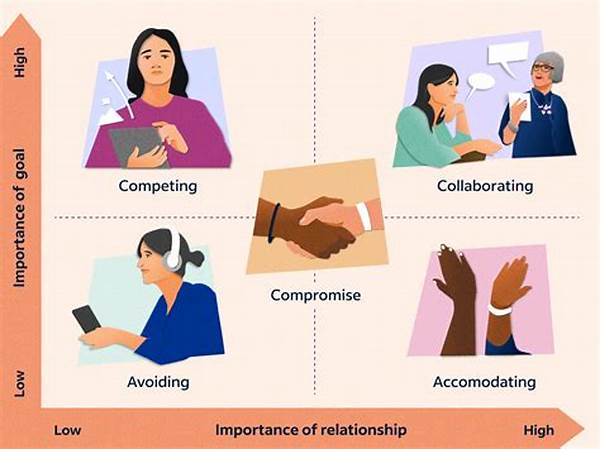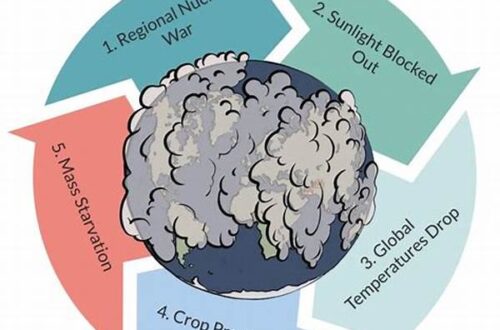The Importance of Intervention Tactics
In contemporary international relations, the deployment of intervention tactics in global conflicts occupies a pivotal role in maintaining peace and stability. Such tactics, which encompass diplomatic negotiations, military interventions, economic sanctions, and humanitarian aid, aim to de-escalate tensions and restore order in conflict-ridden regions. The strategic application of these measures often necessitates a delicate balance of power, involving state and non-state actors alike. Furthermore, international bodies like the United Nations play a crucial role in coordinating these interventions, ensuring that they adhere to international law and respect national sovereignty.
The effectiveness of intervention tactics in global conflicts is subject to an array of factors, including geopolitical interests, cultural sensitivities, and historical contexts. For instance, the choice of intervention measures often reflects the international community’s consensus, and its efficacy is heavily contingent on the cooperation and compliance of the involved parties. In addition to peacekeeping operations, diplomatic strategies encompass dialogue facilitation and conflict mediation, often under the auspices of experienced diplomats or specialized agencies. Meanwhile, economic sanctions serve as a non-violent means of coercing compliance and discouraging aggressive behavior.
In essence, the success of intervention tactics in global conflicts hinges on collaboration, strategic planning, and adaptability. As conflicts evolve, so must the approaches to their resolution. It is imperative that those involved in designing and implementing these interventions remain acutely aware of the ever-changing dynamics at play. By harnessing a comprehensive understanding of the situation, stakeholders can formulate tactics that not only address immediate threats but also contribute to long-term peacebuilding and reconciliation efforts.
Types of Intervention Tactics
1. Diplomatic Negotiations: Intervention tactics in global conflicts often begin with diplomatic negotiations aimed at fostering communication between opposing parties, with the objective of reaching a peaceful resolution.
2. Military Interventions: When diplomatic efforts falter, military interventions may be employed as viable intervention tactics in global conflicts to protect civilians and prevent further escalation of violence.
3. Economic Sanctions: As a form of intervention tactics in global conflicts, economic sanctions aim to pressure rogue states into compliance by restricting their access to international trade and finance systems.
4. Humanitarian Aid: In the realm of intervention tactics in global conflicts, providing humanitarian aid seeks to alleviate suffering and address immediate needs in war-torn regions, supporting displaced populations.
5. Peacekeeping Missions: Intervention tactics in global conflicts commonly include peacekeeping missions, where armed forces are deployed to maintain ceasefires and ensure the security of post-conflict environments.
Challenges in Implementing Intervention Tactics
Implementing intervention tactics in global conflicts presents a myriad of challenges that require astute consideration and strategic planning. One of the primary obstacles is aligning the diverse interests of the international community, often a complex interplay of political, economic, and humanitarian objectives. Additionally, intervention tactics must be adaptable to the unique circumstances of each conflict. The complexity of conflicts often demands multifaceted approaches, blending various tactics to address the myriad of underlying causes and immediate manifestations of violence. Hence, the fluid nature of conflicts necessitates ongoing assessments and recalibrations of strategies to maximize effectiveness.
Moreover, the legitimacy of intervention tactics in global conflicts hinges on their adherence to international norms and respect for state sovereignty. The delicate nature of international law requires a nuanced understanding of legal frameworks, ensuring that interventions do not exacerbate the situation or violate national and cultural integrity. This involves meticulous legal consultations and alliances with international organizations like the United Nations, which provide the requisite authority and guidance for operations. Ultimately, the challenges in implementing intervention tactics underscore the need for a concerted and cooperative international effort, one that is founded on mutual respect, shared objectives, and a commitment to global peace and security.
The Role of International Organizations
International organizations play a pivotal role in orchestrating intervention tactics in global conflicts by providing the framework and resources necessary for facilitating peacebuilding initiatives. The United Nations Security Council, for instance, bears the responsibility for sanctioning interventions, whether diplomatic or military, and ensuring that such actions align with international law and humanitarian standards. Additionally, these organizations possess the expertise and mandate required to coordinate between various international and regional actors, thereby harmonizing efforts and enhancing the likelihood of success.
Furthermore, international organizations act as impartial arbiters, leveraging their neutrality to mediate negotiations and foster dialogue among conflicting parties. Their involvement lends credibility to the intervention tactics, instilling confidence among stakeholders that actions taken are guided by global consensus and humanitarian principles. Besides direct interventions, organizations often support the reconstruction and development phases through technical assistance, funding, and capacity-building measures, aiming to solidify peace and prevent relapse into conflicts. Consequently, the proactive engagement of international organizations is instrumental in the design and implementation of effective intervention tactics in global conflicts, thus contributing to enduring peace and stability worldwide.
Case Studies of Successful Intervention Tactics
The analysis of historical precedents provides valuable insights into the successful application of intervention tactics in global conflicts. One notable example is the intervention in the Balkans during the 1990s, where a combination of NATO-led military action, diplomatic negotiations, and concerted humanitarian efforts helped stabilize a volatile region marred by ethnic strife. This multifaceted approach exemplifies how coordinated intervention tactics can mitigate complex conflicts and lay the groundwork for peace.
Another illustrative case is the deployment of United Nations peacekeeping forces in East Timor, which facilitated a transition towards independence after years of violence and unrest. The intervention combined security operations with developmental aid and governance support, underscoring the importance of a holistic strategy for effective conflict resolution. These case studies highlight that successful intervention tactics in global conflicts often require comprehensive planning, multi-pronged strategies, and sustained international collaboration, demonstrating the necessity of learning from past experiences to adapt and refine approaches to future challenges.
Developing Future Strategies
As the global landscape continues to evolve, the development of future strategies for intervention tactics in global conflicts becomes imperative for ensuring international peace and security. This requires an investment in research and development to understand emerging threats and identify innovative solutions capable of addressing the changing nature of warfare and violence. A key component of this endeavor is the integration of technological advancements, which can enhance capacity for surveillance, intelligence gathering, and coordination, thereby increasing the precision and efficacy of interventions.
Moreover, fostering international partnerships and alliances remains essential for augmenting resources and pooling expertise. Through cross-border collaborations and the sharing of knowledge, states and organizations can jointly tackle challenges that transcend national boundaries. Additionally, emphasis must be placed on dialogue and diplomacy as primary tools for conflict prevention. By addressing potential flashpoints at their inception, it is possible to preempt the escalation into full-scale conflicts. As such, the international community must remain proactive and innovative in formulating intervention tactics in global conflicts, with a steadfast commitment to principles of justice, peace, and sustainable development.
Conclusion
In summary, intervention tactics in global conflicts serve as indispensable tools for managing international disputes and promoting peace. The effectiveness of these tactics relies on the collaboration between diverse actors, ranging from states and international organizations to non-governmental entities. By leveraging diplomatic, economic, military, and humanitarian strategies, the international community seeks to mitigate the impact of conflicts and facilitate long-term stability. Though challenges abound, particularly in terms of aligning interests and respecting sovereignty, lessons gleaned from historical interventions offer guidance for refining current and future strategies.
It is incumbent upon the global community to remain vigilant and adaptive, harnessing emerging technologies and fostering partnerships to navigate the complexities of modern conflicts. By fostering dialogue, promoting development, and upholding international norms, intervention tactics can contribute significantly to a more peaceful and stable world. Ultimately, the collective will and resolve of the international community will determine the success of these endeavors, underscoring the need for ongoing collaboration, innovation, and commitment to the ideals of peace and justice.





